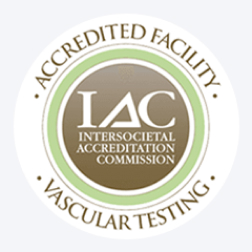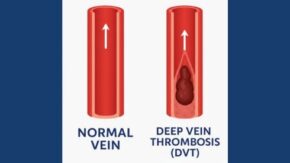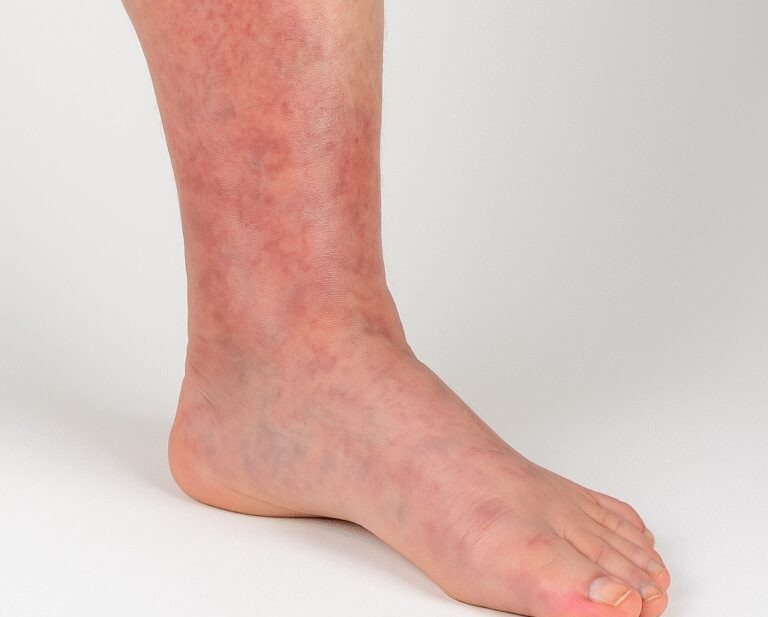Deep Vein Thrombosis: Early Detection and Prevention Strategies
Imagine a silent threat lurking in your veins—one that can strike without warning and lead to life-threatening complications. Deep vein thrombosis (DVT) is more than...
Read More







